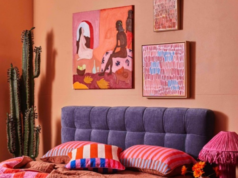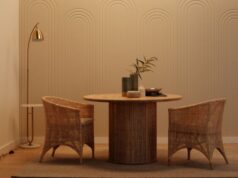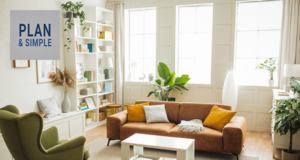
The materials used on the walls inside a home have to be safe, compatible with the lighting scheme, and easy to maintain and keep clean.
The materials that you use to create the internal walls of your home will have a significant affect on the visual appeal of your home, as well as on a number of practical aspects. From an aesthetic perspective, the texture and style of the walls will affect the way light is reflected. The materials will also determine how easy walls are to clean, how strong they are, how well your house is insulated, and how sound is able to travel through your home.





